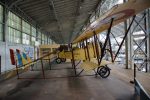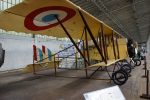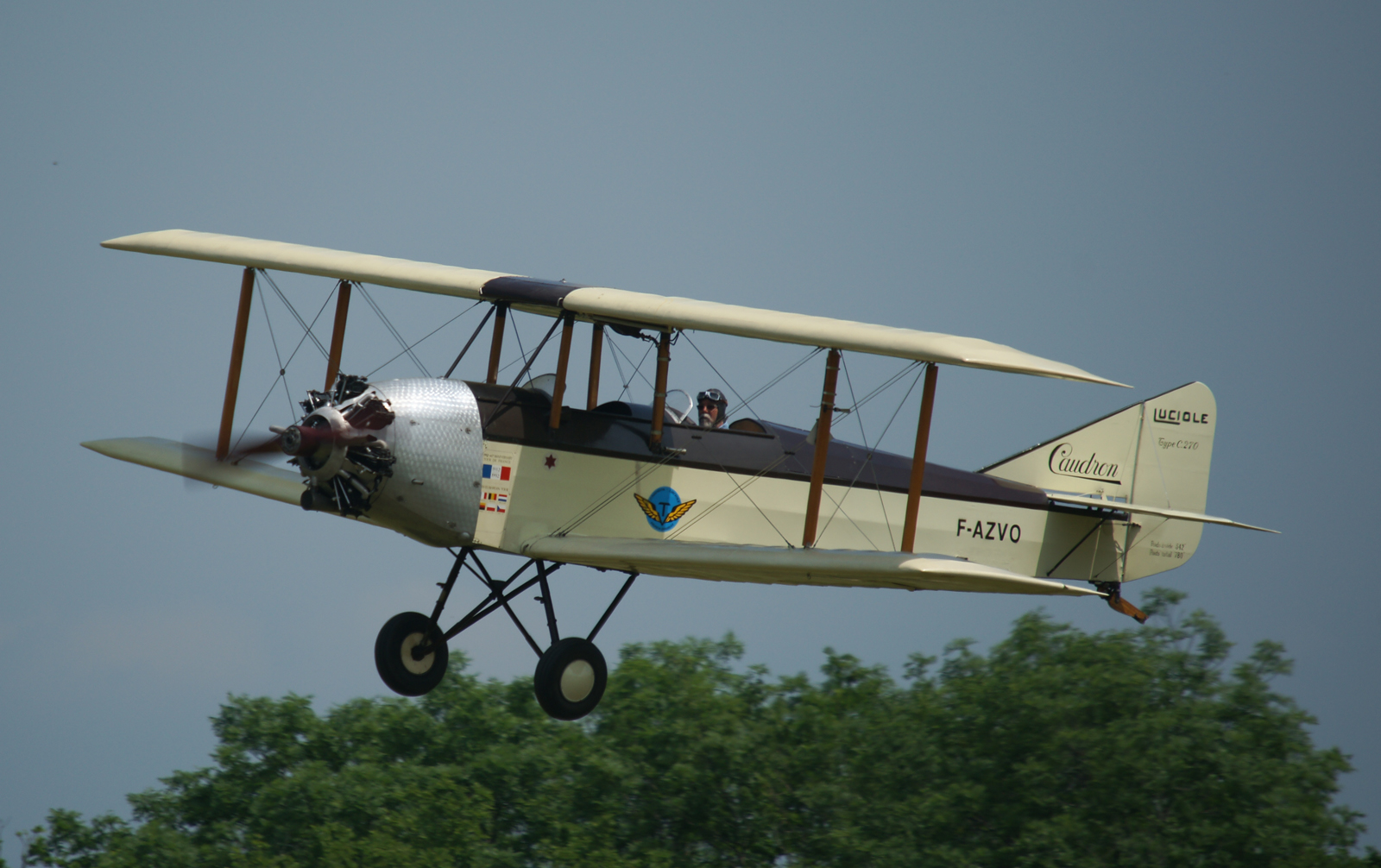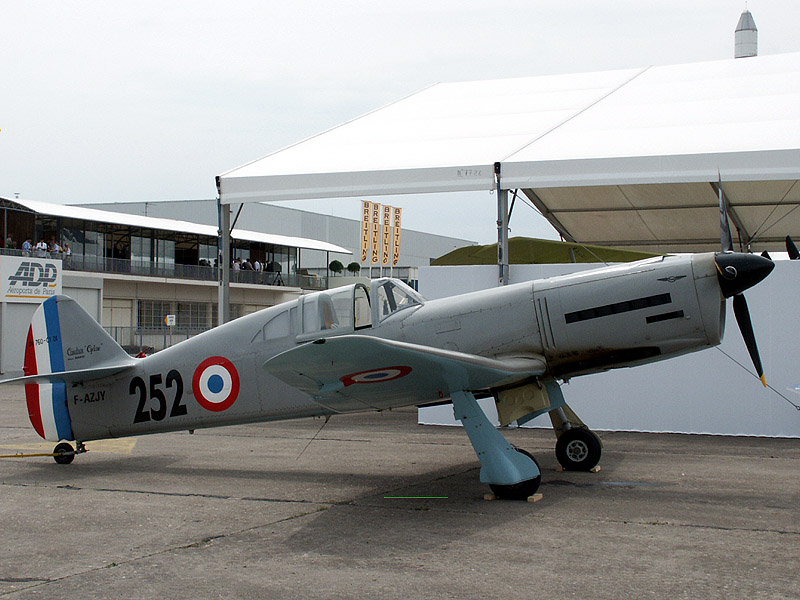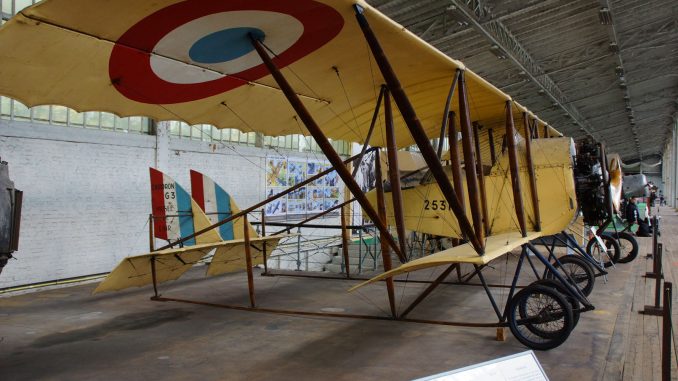
The Caudron G.3 was a single-engined French biplane built by Caudron, widely used in World War I as a reconnaissance aircraft and trainer.
The aircraft had a short crew nacelle, with a single engine in the nose of the nacelle, and twin open tailbooms. It was of sesquiplane layout, and used wing warping for lateral control, although this was replaced by conventional ailerons fitted on the upper wing in late production aircraft. The Caudron’s of 1914-1915 were not armed except for what rifles and pistols the pilot carried with him.
The Caudron G.3 1st aircraft to cross Andes Mountains.
Developing nation: France.
Manufacturer/designer: Société des Avions Caudron.
Production Lines: Le Crotoy aerodrome.
Type aircraft: reconnaissance aircraft and trainer.
First flight: May 1914.
Number built: 1822
General characteristics
- Crew: 1
- Length: 6.40 m (21 ft 0 in)
- Wingspan: 13.40 m (44 ft 0 in)
- Height: 2.50 m (8 ft 3 in)
- Wing area: 27.00 m² (290 ft²)
- Empty weight: 420 kg (933 lb)
- Max. takeoff weight: 710 kg (1,577 lb)
- Powerplant: 1 × Le Rhone C rotary, 60 kW (80 hp)
Performance
- Maximum speed: 106 km/h (57 kn, 68 mph)
- Service ceiling: 4,300 m [2] (14,110 ft)
Armament
- One small calibre machine gun (optional) and some hand released bombs (optional)
All pictures courtesy of Zijde Aviation Photo and Publishing, Rob Vogelaar

